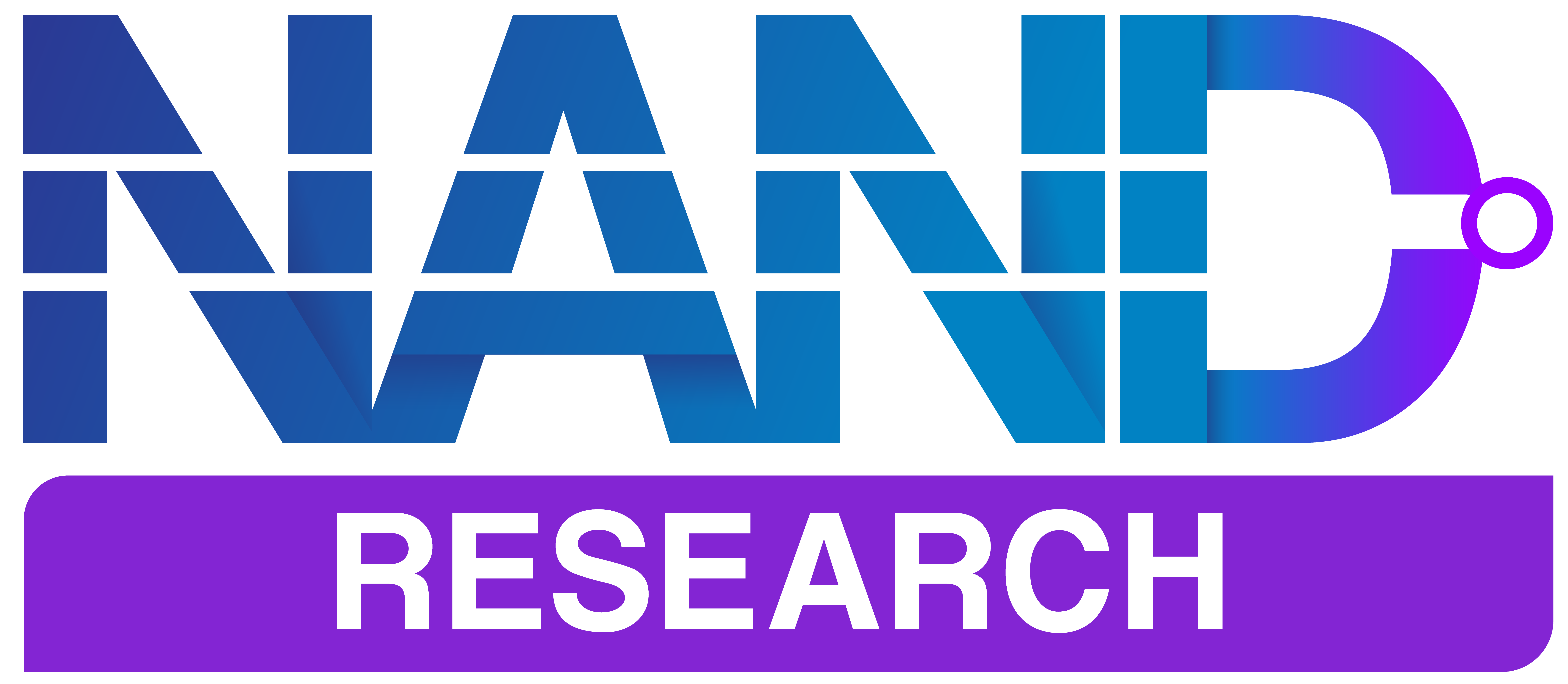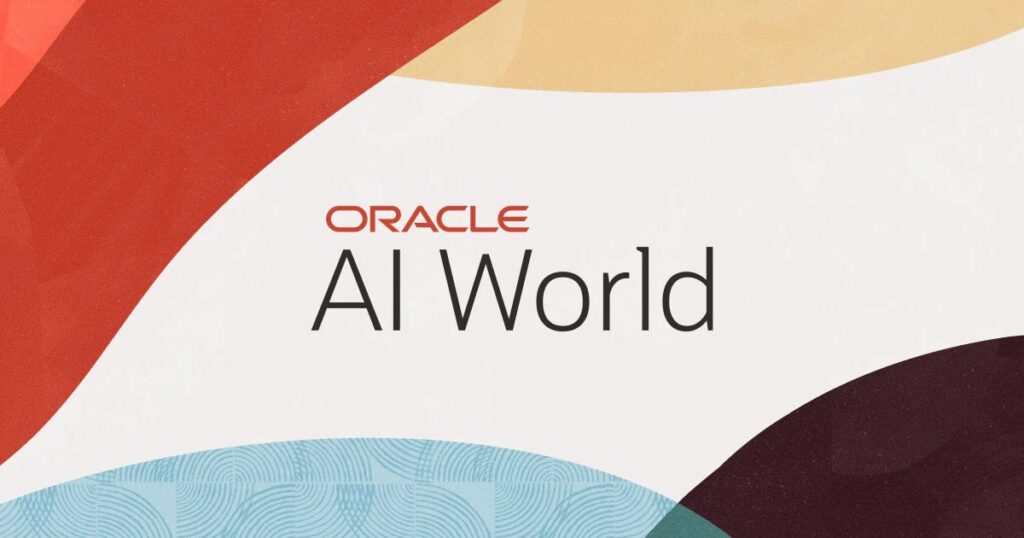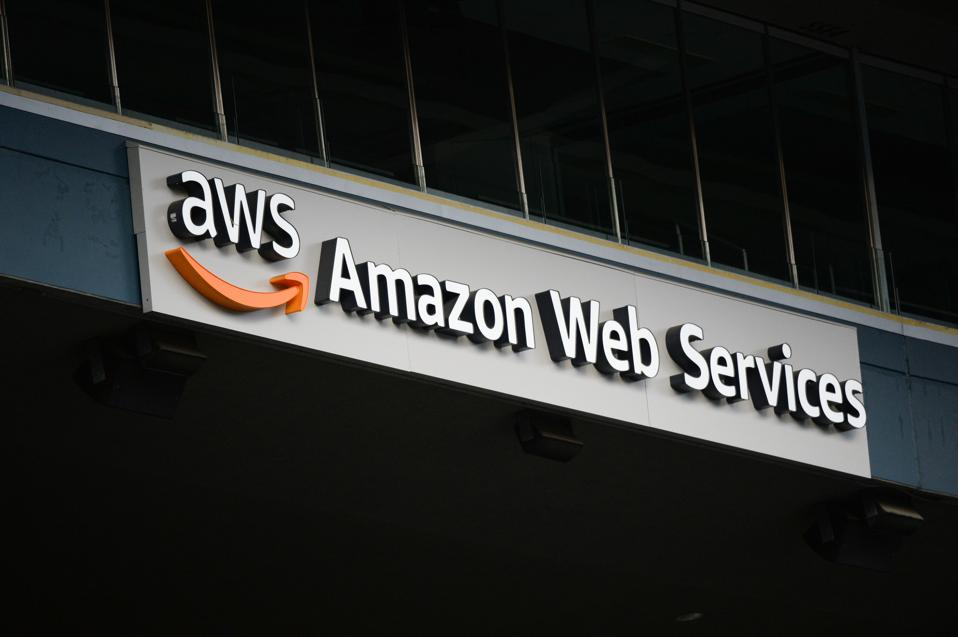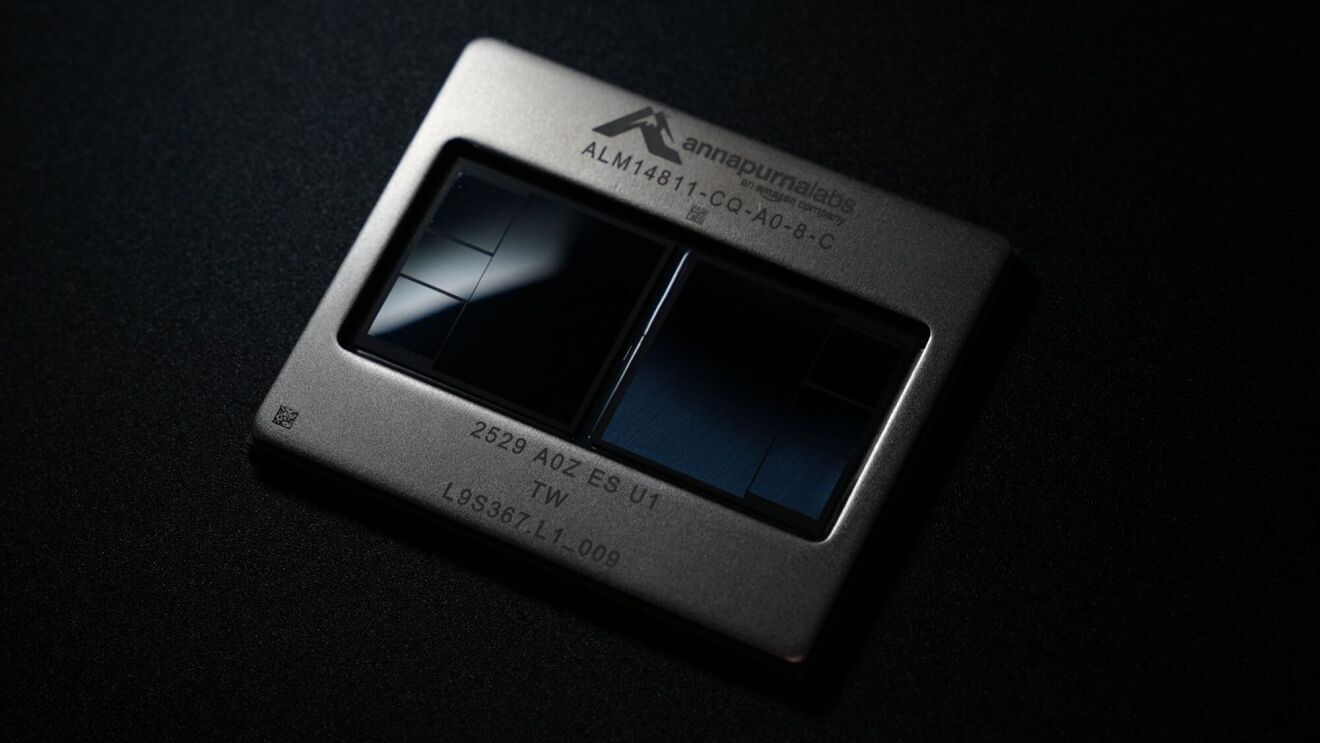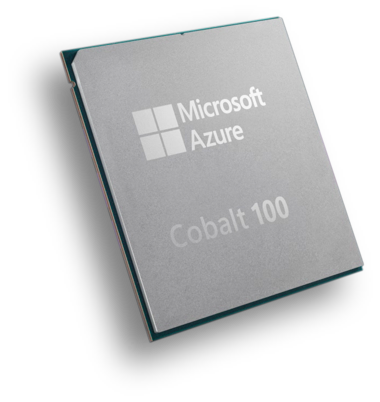Oracle AI World 2025 in Las Vegas was a clear demonstration of how far the company has come from its roots as a database vendor. This year’s event, as its new name might give away, was all about AI.
Oracle’s announcements centered on its Oracle AI Data Platform, a new Oracle database release, the new Autonomous AI Lakehouse, along with new advances in Oracle’s distributed cloud portfolio, and deepened multi-cloud partnerships with both Google Cloud and AWS. That’s a lot – and we’re just hitting the highlights.
Take together, the announcements clearly show Oracle’s shift from a database and cloud infrastructure provider to a unified AI data and application platform.
Oracle AI Data Platform: Unifying Data and AI
The newly available Oracle AI Data Platform consolidates the components that enterprises typically stitch together manually (data ingestion, semantic enrichment, vector indexing, and generative AI tooling) into a single governed environment. The goal is to give enterprises a secure and streamlined way to move from raw data to production-grade AI.
At a technical level, Oracle AI Data Platform merges the strengths of its OCI cloud infrastructure, Oracle Autonomous AI Database and Autonomous AI Lakehouse, and its OCI Generative AI Service. The platform also integrates NVIDIA’s accelerated computing infrastructure for high-performance workloads, allowing customers to choose the latest GPUs and libraries.
The platform offers:
- Unified AI-ready data fabric: Customers can build lakehouses using open formats such as Delta Lake and Apache Iceberg, eliminating duplication and enabling direct vector search and AI-driven enrichment.
- Comprehensive catalog and governance: A single data and AI catalog provides visibility and compliance across assets while supporting standards such as A2A and MCP for multi-agent interoperability.
- Agent Hub orchestration: An abstraction layer that interprets business requests, invokes relevant agents, and automates recommended actions within workflows.
- Zero-ETL, Zero Copy integration: Real-time connectivity to data from ERP, HCM, SCM, marketing, and industry-specific systems, whether on-premises, in OCI, or across other public clouds.
The AI Data Platform consolidates functions that have traditionally been handled by separate vendors, things like ETL, cataloging, semantic search, and AI development, into a single governed framework.
By embedding these capabilities natively within Oracle’s database fabric, customers can develop agentic applications that automate decision workflows with minimal data movement.
Distributed Cloud Expansion: OCI Dedicated Region25
Oracle also extended its distributed cloud portfolio with OCI Dedicated Region25, a modular deployment of Oracle Cloud that can start with as few as three racks and scale to hyperscale. This model allows enterprises, governments, and service providers to deploy a full public cloud region within their own data centers, managed by Oracle as a cloud-operated service.
Dedicated Region25 introduces several engineering and operational upgrades:
- Network-first modular scalability: Expansion through network racks without downtime or architectural redesign.
- Hyperconverged infrastructure: High-density compute and storage optimized for power and space efficiency.
- Multi-layered security: Biometric-locked racks, encrypted fabrics, and zero-trust network design.
- Public-cloud parity: Access to the complete OCI portfolio of more than 200 services, including AI and SaaS offerings.
It’s an architecture that allows organizations with strict data residency or sovereignty requirements to adopt a modern AI-ready cloud model without compromising compliance.
Oracle now operates or has planned over 60 Dedicated and Alloy regions globally, meeting the strong demand for sovereign AI infrastructure.
A Stronger Multi-Cloud Story
Oracle continued to expand its impressive list of multi-cloud integrations, focusing on operational parity across hyperscalers.
Oracle Database@Google Cloud
The joint service gained embedded AI capabilities, expanded regional availability, and a new partner program enabling resellers to offer Database@Google Cloud through Google Cloud Marketplace.
The updates bring broader integration with Gemini, BigQuery, and Vertex AI, as well as the general availability of Oracle Exadata Database Service on Exascale Infrastructure and Oracle Base Database Service.
Oracle Database@AWS
For AWS customers, Oracle introduced:
- Zero Data Loss Autonomous Recovery Service, offering sub-second recovery from outages or ransomware events.
- Terraform support for infrastructure-as-code management of Oracle Database@AWS environments.
- Validated Maximum Availability Architecture (MAA) for fault tolerance and regional resilience.
- A new partner channel program through AWS Marketplace for flexible procurement and localized integration services.
Both partnerships expand Oracle’s reach beyond OCI while maintaining its architectural consistency. They also reinforce Oracle’s “AI for Data” philosophy—embedding AI within every database layer rather than treating AI as an external add-on.
Oracle AI Database 26ai: AI for Data
At the heart of Oracle’s multi-cloud AI strategy is Oracle AI Database 26ai, now fully available across OCI, AWS, Google Cloud, and on-premises deployments. The database integrates AI directly into its operational stack, offering:
- AI Vector Search for contextual retrieval and RAG workflows.
- AI for Database Management and AI for Analytics to automate optimization and insight generation.
- Support for ONNX models, Apache Iceberg, MCP, and industry-standard LLMs.
- Quantum-resistant encryption using NIST-approved ML-KEM algorithms for both data-at-rest and data-in-flight.
This architecture transforms Oracle’s core database from a transactional engine into an AI-native decision platform. By blending data management, inference, and vector operations within the same environment, Oracle minimizes the latency, cost, and governance risks associated with external AI pipelines.
Analyst Take: Oracle’s AI Cohesion Strategy
Oracle’s 2025 announcements align around a single theme: unification of data, AI, and deployment models.
While competitors focus on discrete pieces of the stack — data engineering (Databricks), analytics (Snowflake), or AI agents (Microsoft, AWS, Google) — Oracle’s strength lies in end-to-end coherence.
Key takeaways:
- Competitive Differentiation: Oracle’s AI Data Platform and AI Database 26ai directly challenge Databricks’ Unity Catalog and Snowflake Cortex by integrating AI governance, lakehouse interoperability, and agent orchestration into a single fabric.
- Sovereign AI Advantage: Dedicated Region25 extends Oracle’s leadership in sovereign cloud infrastructure, addressing public-sector and regulated-industry requirements that hyperscalers struggle to meet consistently.
- Multi-cloud Maturity: Partnerships with Google Cloud and AWS show a pragmatic, open stance that broadens Oracle’s addressable market. Customers can now deploy Oracle’s AI stack wherever their data resides. That’s powerful.
- Execution Risk: Oracle’s greatest opportunity is also its greatest challenge, sustaining technical and operational consistency across multiple deployment models and partner ecosystems. So far the company is showing that it has what it takes.
Oracle has proven that it’s more than just a cloud provider or database vendor. The company’s current strategy is built around delivering a full-stack AI operating system for the enterprise, spanning infrastructure, data governance, and application intelligence.
